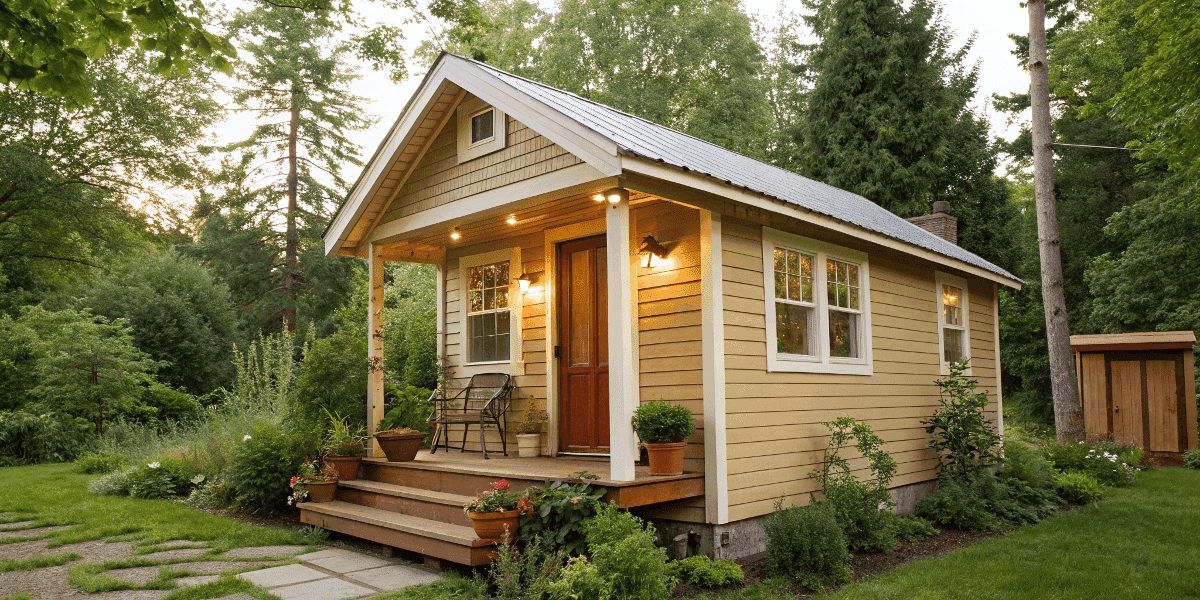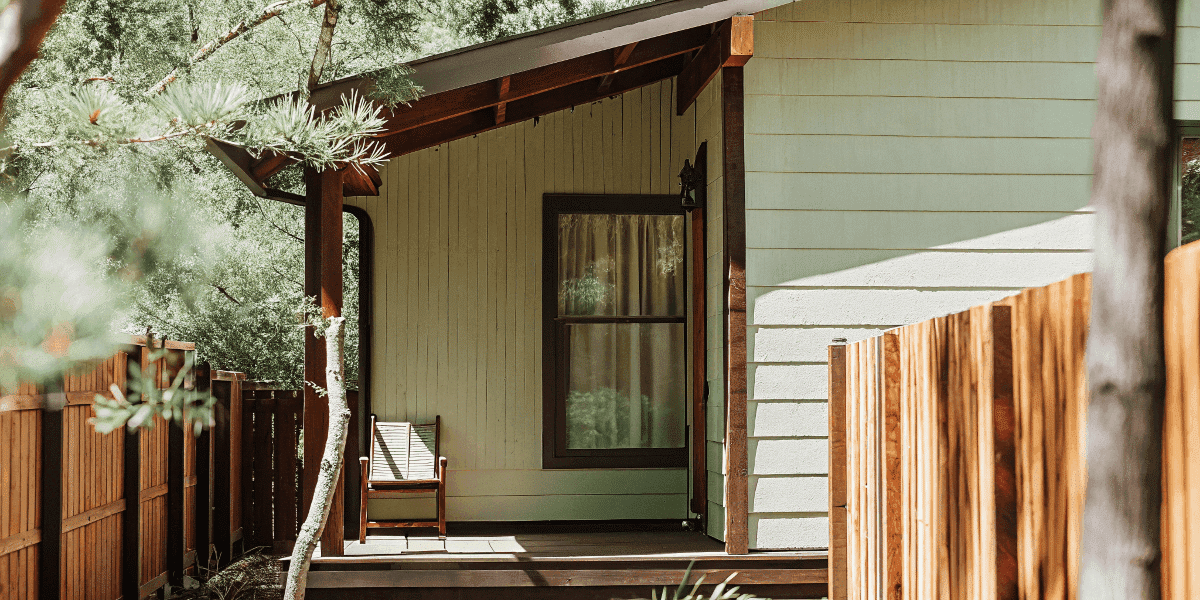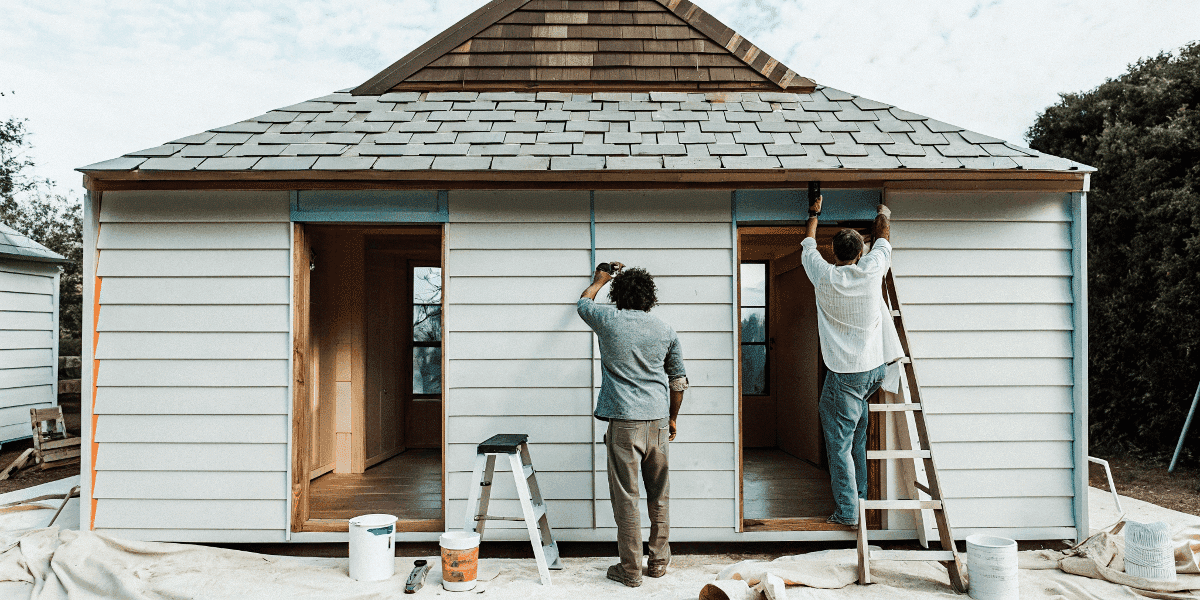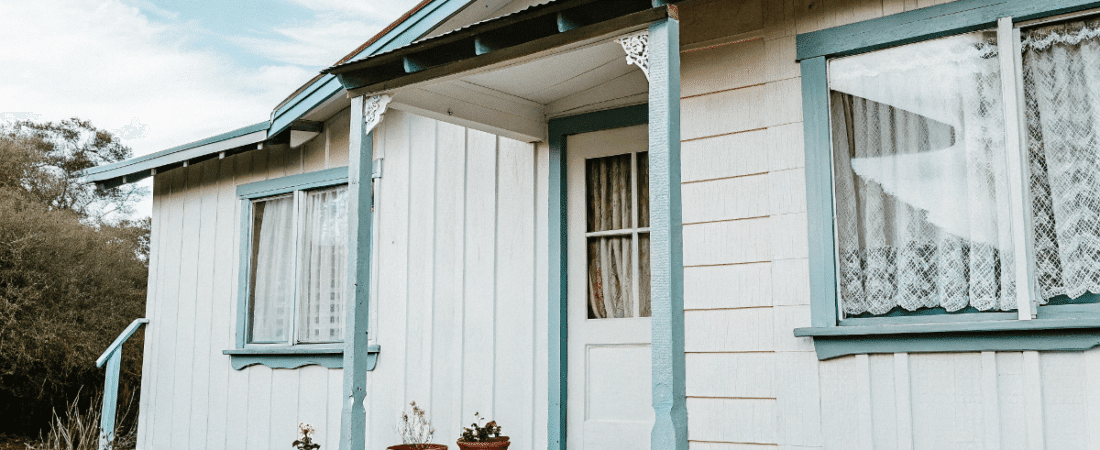Looking for a simple, affordable place to call home? Transitioning from a conventional home to old tiny house is becoming increasingly popular. These small, intimate dwellings are perfect for those who want to live more simply, think outside the box, and have a smaller footprint on the earth while discovering exciting alternatives to traditional living.
The Benefits of Tiny House Living

Tiny house living is the way to go: you’ll save money and reduce your carbon footprint compared to big, regular homes. Tiny houses offer a viable solution to the current affordable housing crisis.
These homes are very eco-friendly. Tiny homes don’t require much energy to heat or cool, making them environmentally friendly.
Tiny living is simple living. When you live tiny, you’ll be forced to downsize your belongings and focus more on what’s truly important. It’s about making every day count and being more mindful of your choices.
Do you want to be free to roam? Tiny houses allow you to do that. Just pack up your home and hit the road whenever you want and discover new things and meet new people along the way.
And then, there’s the best part. A tiny house gives you the freedom to take control of your own life. You have your own little world, your own little sanctuary, where you can be yourself, feel at peace, and find rest.
Transforming an Old Tiny House into a Tiny Home
Consider repurposing an old mobile home or trailer to create a unique and cozy tiny house retreat.
Assess the condition of the old tiny house, including its rooms, and determine what repairs and renovations are needed to make it habitable.
Think creatively about how to maximize the living area and make the most of the space available.
Consider adding features such as large windows, skylights, and solar panels to make the tiny house more attractive and sustainable.
Don’t be afraid to get creative and add personal touches to make the tiny house feel like home. Don’t hesitate to ask a friend for help and support during the renovation process, as their assistance can be invaluable.
Designing a Cozy Tiny House Retreat

Start by brainstorming ideas and inspiration for your tiny house design, considering factors such as climate, lifestyle, and personal preferences.
Consider the layout and flow of the tiny house, thinking about how to create a functional and comfortable living space.
Choose materials and finishes that are durable, sustainable, and aesthetically pleasing, such as reclaimed wood and low-VOC paints.
Think about how to incorporate natural light and ventilation into the design, using features such as clerestory windows and solar tubes.
Consider incorporating open sides in your design to create an airy and exposed environment that blends indoor and outdoor living.
Don’t forget to include storage solutions and clever design elements to maximize the use of space.
Sustainable and Eco-Friendly Practices in Tiny House Renovation

Renovating a tiny house requires careful consideration of sustainable and eco-friendly practices to minimize its environmental impact. Here are some ideas to incorporate into your tiny house renovation project:
Use reclaimed and recycled materials: Consider using reclaimed wood, recycled metal, and repurposed materials to reduce waste and minimize the demand for new resources. Not only does this make your tiny house more sustainable, but it also adds unique character and charm to your space.
Energy-efficient appliances: Install energy-efficient appliances, such as LED lighting, solar panels, and low-flow showerheads, to reduce energy consumption and lower your carbon footprint. These small changes can make a big difference in the long run.
Insulation and ventilation: Proper insulation and ventilation are crucial to maintaining a comfortable living space while reducing energy consumption. Consider using eco-friendly insulation materials like recycled denim or wool to keep your tiny house cozy and energy-efficient.
Water conservation: Install low-flow fixtures and greywater systems to conserve water and reduce wastewater generation. These simple upgrades can help you live more sustainably without sacrificing comfort.
Sustainable flooring: Choose sustainable flooring options like bamboo, cork, or reclaimed wood to reduce the environmental impact of your tiny house. These materials are not only eco-friendly but also durable and attractive.
Natural and non-toxic materials: Opt for natural and non-toxic materials for your tiny house renovation, such as natural paints, stains, and sealants, to ensure a healthy indoor air quality. This is especially important in a small space where air circulation may be limited.
Composting toilet: Consider installing a composting toilet to reduce water consumption and minimize wastewater generation. This eco-friendly option is perfect for tiny house living and can be surprisingly easy to maintain.
Rainwater harvesting: Install a rainwater harvesting system to gather and store rainwater for non-potable uses, such as flushing toilets or washing clothes. This can help you reduce your reliance on municipal water supplies and live more sustainably.
By incorporating these sustainable and eco-friendly practices into your tiny house renovation project, you can create a comfortable, attractive, and environmentally friendly living space that inspires a more sustainable lifestyle.
Budgeting and Cost Management for Tiny House Projects
Budgeting and cost management are crucial aspects of any tiny house project. Here are some tips to help you manage your costs and stay within your budget:
Define your budget: Determine your budget and stick to it. Consider all the costs involved in your tiny house project, including land acquisition, construction, and ongoing expenses. Having a clear budget will help you make informed decisions and avoid overspending.
Prioritize your needs: Identify your needs and prioritize them. Focus on the essential features and amenities that are important to you, and allocate your budget accordingly. This will help you create a functional and comfortable living space without breaking the bank.
Choose affordable materials: Select affordable materials and finishes that meet your needs and budget. Consider using reclaimed, recycled, or repurposed materials to reduce costs. These materials can add unique character to your tiny house while keeping expenses down.
Optimize your design: Optimize your tiny house design to minimize waste and reduce construction costs. Consider using a simple, rectangular design with a gable roof. This can help you save on materials and labor while creating a functional and attractive living space.
Shop around: Shop around for materials, labor, and services to get the best prices. Consider hiring local contractors or DIYing certain aspects of your project to save costs. Comparing prices and negotiating can help you stay within your budget.
Plan for contingencies: Plan for contingencies and unexpected expenses. Set aside a portion of your budget for unexpected costs and emergencies. This will help you stay on track even if unforeseen issues arise.
Monitor your expenses: Monitor your expenses regularly and make adjustments as needed. Keep track of your spending and stay within your budget to avoid cost overruns. Regularly reviewing your budget will help you stay in control of your finances.
Consider financing options: Consider financing options, such as personal loans or mortgages, to fund your tiny house project. Compare rates and terms to find the best option for your needs and budget. Financing can help you manage larger expenses and make your tiny house dream a reality.
By following these budgeting and cost management tips, you can create a beautiful and functional tiny house that meets your needs and budget, and inspires a more sustainable and attractive lifestyle.
Bringing Your Tiny House Vision to Life
Once you have a clear design concept and idea, start making plans to bring your tiny house vision to life.
Consider working with a professional builder or contractor who has experience with tiny house construction.
Think about the logistics of building and transporting the tiny house, including obtaining necessary permits and finding a suitable building site.
Be prepared to be flexible and adapt to challenges and setbacks that may arise during the building process.
Stay inspired and motivated by sharing your progress with friends and family, and celebrating the unique charm and character of your tiny house retreat.
Conclusion
There are also old tiny houses out there for the taking. Tiny houses aren’t just about the space you live in. Living tiny is a choice that helps the earth and keeps things simple. And the best part? You can pick up and move any time, meet new people and see new places. Old tiny houses are also a great chance to get your hands dirty or work with a contractor to restore a house that’s all about you. Living tiny is simple and smart — it’s time to think differently about how you live, get creative with your space, and make your tiny house a reality
FAQ
Where are tiny homes allowed in Illinois?
In Illinois, the regulations for tiny homes can vary significantly depending on the local zoning laws and building codes of each town or county. Generally, tiny homes are more likely to be allowed in rural areas where zoning laws are less restrictive. In urban areas, it might be more challenging due to stricter regulations. It’s essential to check with the local zoning office to understand the specific requirements and restrictions in your desired location. Additionally, some communities are starting to embrace tiny house living by creating designated areas or communities where they are permitted.
Can you buy a house on Amazon for $19000?
Yes, you can buy a house on Amazon for $19,000. Amazon offers a variety of tiny home kits and prefabricated homes that can be purchased online. These homes typically come as kits that require assembly, and they offer an affordable and convenient option for those interested in tiny house living. However, it’s important to consider additional costs such as land, permits, utilities, and any customizations you may want to make. Always ensure that the tiny home you purchase complies with local building codes and regulations for your intended location.



